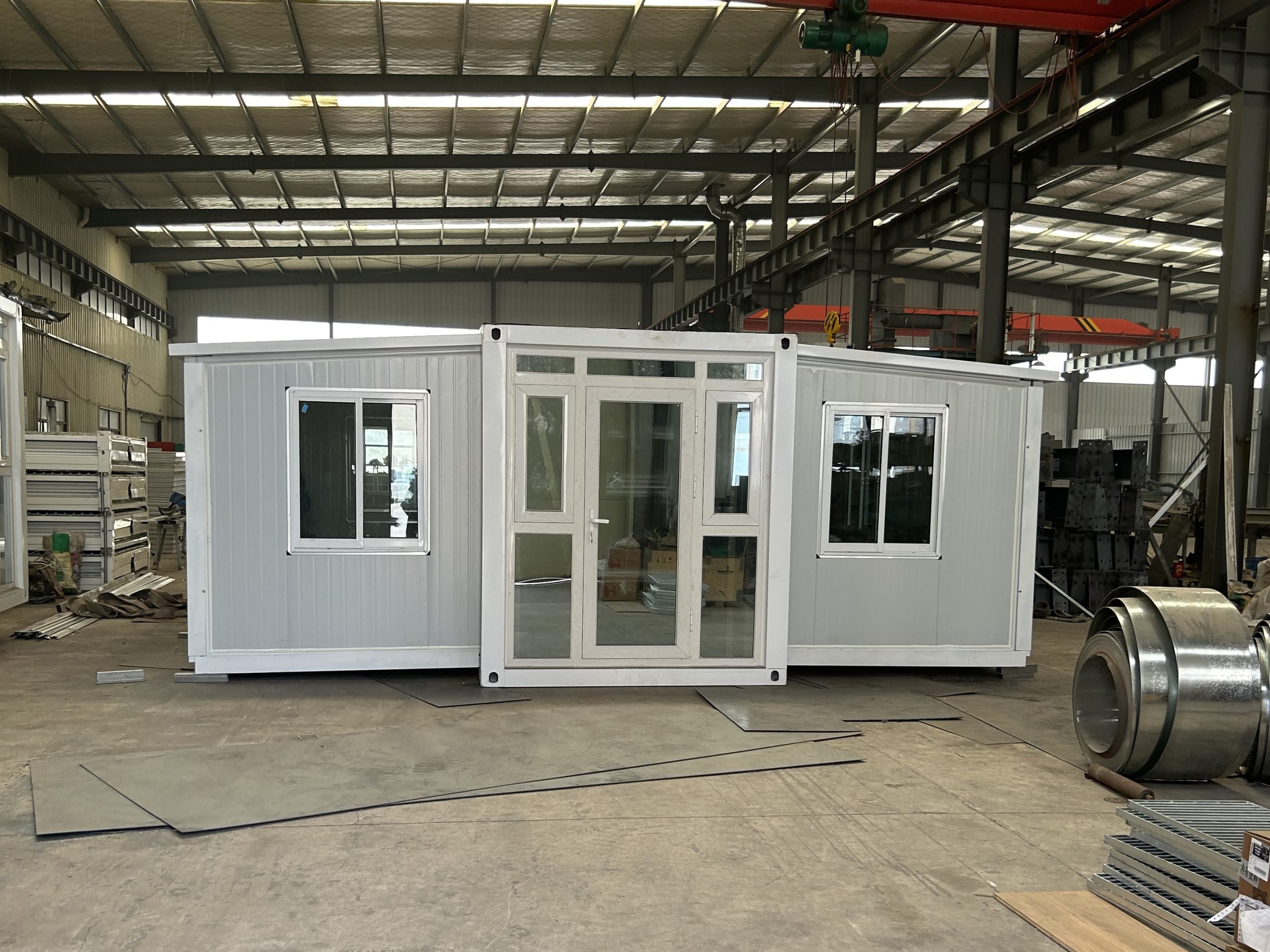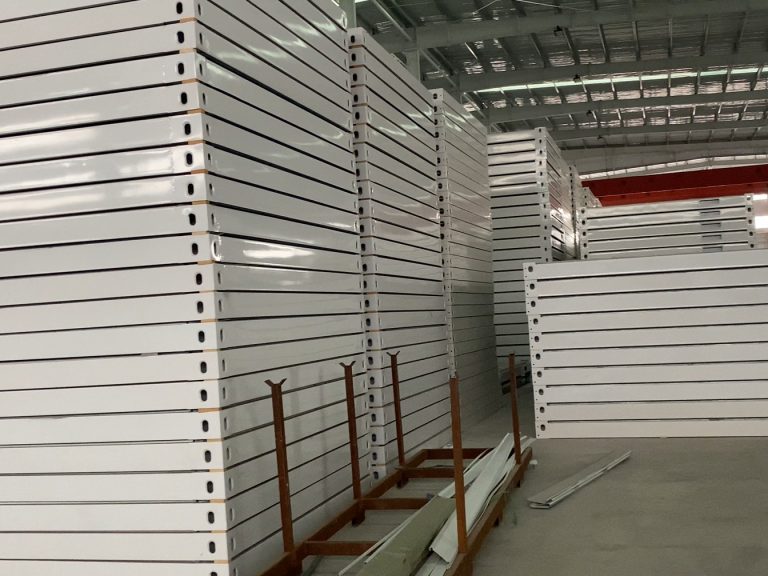Table of Contents
Benefits of Proper Thermal Insulation in Container Houses
Thermal insulation is a crucial aspect to consider when designing container houses. Proper insulation helps to regulate the temperature inside the house, keeping it comfortable for the occupants regardless of the weather outside. In addition to providing comfort, good insulation can also lead to energy savings by reducing the need for heating and cooling systems. This article will discuss the benefits of proper thermal insulation in container houses and provide some tips on how to consider insulation performance in the design process.
One of the main benefits of proper thermal insulation in container houses is improved energy efficiency. By preventing heat transfer through the walls, roof, and floor of the house, insulation helps to maintain a consistent temperature inside the building. This means that less energy is required to heat or cool the space, leading to lower energy bills and reduced environmental impact. In addition, good insulation can also help to reduce noise transmission, creating a more peaceful and comfortable living environment.
When designing a container house, it is important to consider the insulation performance of the materials used in the construction. There are several factors to take into account when choosing insulation materials, including the R-value, which measures the material’s ability to resist heat flow. Higher R-values indicate better insulation performance, so it is important to select materials with high R-values for maximum energy efficiency.
In addition to the R-value, it is also important to consider the thickness and density of the insulation material. Thicker and denser materials provide better insulation, but they may also be more expensive. It is important to strike a balance between cost and performance when selecting insulation materials for a container house.

Another important factor to consider when designing a container house is the placement of the insulation. Insulation should be installed in all exterior walls, the roof, and the floor of the house to prevent heat loss or gain through these surfaces. In addition, it is important to seal any gaps or cracks in the building envelope to prevent air leakage, which can reduce the effectiveness of the insulation.
In addition to selecting the right insulation materials and installing them properly, it is also important to consider other factors that can affect the thermal performance of a container house. For example, the orientation of the house and the placement of windows can impact the amount of sunlight and heat that enters the building. By carefully planning the layout of the house and incorporating passive solar design principles, it is possible to further improve the energy efficiency of a container house.
In conclusion, proper thermal insulation is essential for creating a comfortable and energy-efficient container house. By selecting high-performance insulation materials, installing them correctly, and considering other factors that can affect thermal performance, it is possible to create a sustainable and comfortable living space. With careful planning and attention to detail, container houses can be designed to provide a high level of thermal comfort while minimizing energy consumption.
Factors to Consider When Choosing Thermal Insulation Materials for Container Houses
When designing a container house, one of the most important factors to consider is the thermal insulation performance. Proper insulation is essential for maintaining a comfortable indoor temperature, reducing energy costs, and ensuring the longevity of the structure. There are several factors to consider when choosing thermal insulation materials for container houses.
First and foremost, it is important to consider the climate in which the container house will be located. Different climates require different levels of insulation to maintain a comfortable indoor temperature. For example, a container house located in a cold climate will require more insulation to keep the interior warm, while a house in a hot climate will need insulation to keep the interior cool.
Another important factor to consider is the R-value of the insulation material. The R-value is a measure of the material’s thermal resistance, or its ability to resist heat flow. The higher the R-value, the better the insulation performance. When choosing insulation materials for a container house, it is important to select materials with a high R-value to ensure maximum energy efficiency.
In addition to the R-value, it is also important to consider the thickness of the insulation material. Thicker insulation materials generally have higher R-values and provide better thermal performance. However, thicker insulation materials can also take up more space, which may be a consideration in the design of a container house.
It is also important to consider the type of insulation material when designing a container house. There are several types of insulation materials available, including fiberglass, foam board, and spray foam. Each type of insulation material has its own advantages and disadvantages, so it is important to choose the material that best suits the needs of the container house.
Fiberglass insulation is a popular choice for container houses due to its affordability and ease of installation. However, fiberglass insulation can be prone to moisture damage and may not provide as high of an R-value as other types of insulation materials.
Foam board insulation is another common choice for container houses. Foam board insulation is lightweight, easy to install, and provides excellent thermal performance. However, foam board insulation can be more expensive than other types of insulation materials.
Spray foam insulation is a high-performance insulation material that provides excellent thermal performance and air sealing properties. However, spray foam insulation can be more expensive and may require professional installation.
In addition to the type of insulation material, it is also important to consider the installation method when designing a container house. Proper installation is essential for maximizing the thermal performance of the insulation material. It is important to ensure that the insulation material is installed correctly and that there are no gaps or air leaks that could compromise the insulation performance.
In conclusion, thermal insulation performance is a crucial factor to consider when designing a container house. By considering the climate, R-value, thickness, type of insulation material, and installation method, you can ensure that your container house is properly insulated and energy-efficient. Proper insulation will not only help maintain a comfortable indoor temperature but also reduce energy costs and increase the longevity of the structure.






